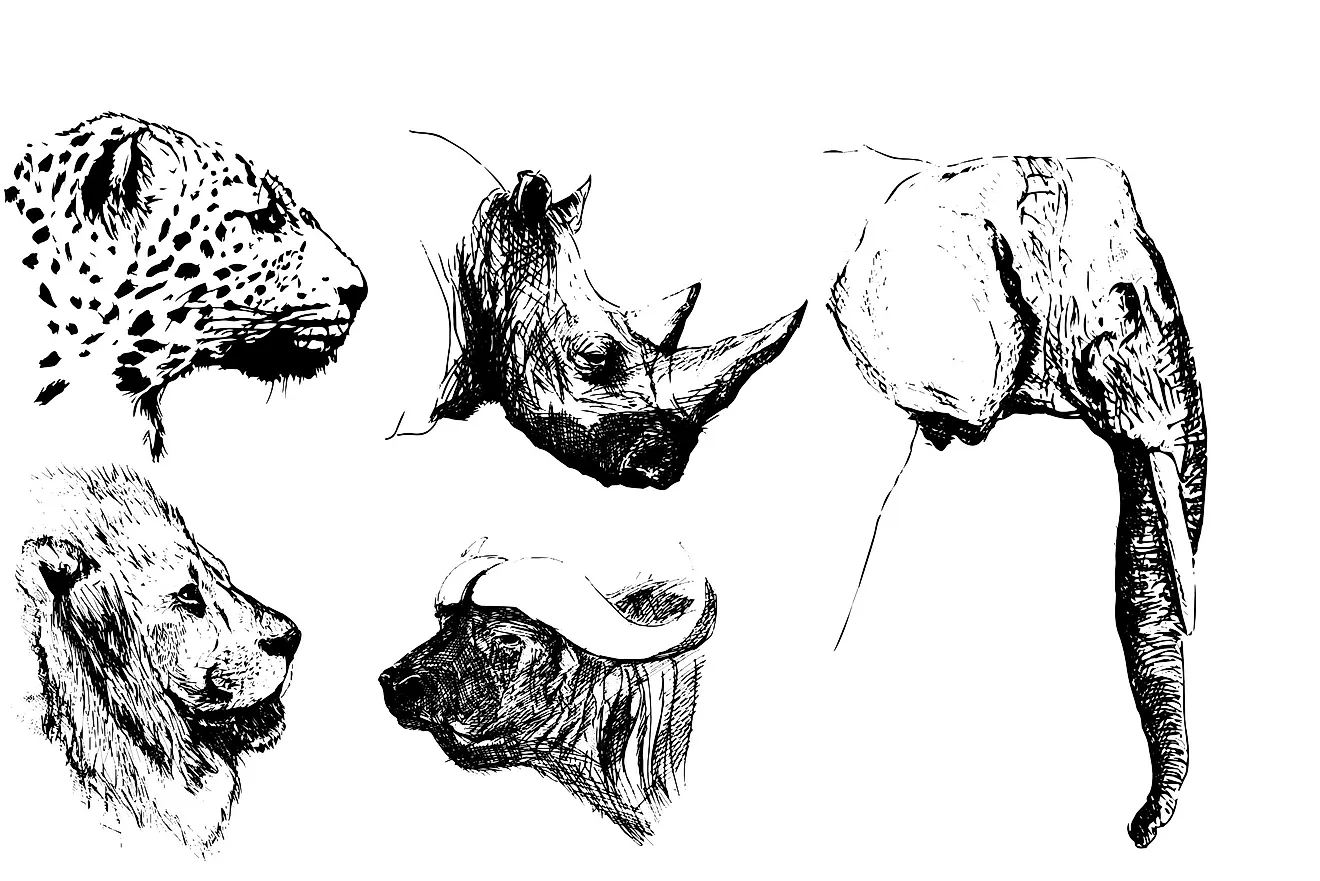What Is The Convention on Biological Diversity?

The Convention on Biological Diversity was first signed on June 5, 1992 at the Earth Summit in Rio de Janeiro, Brazil. This multinational treaty went into effect on December 29, 1993 with the objective of developing international approaches for conserving and promoting sustainable interactions surrounding biological diversity. Additionally, the Convention on Biological Diversity aims to ensure that the benefits of genetic resources are fairly distributed. This is the first multilateral agreement that recognizes the importance of biological conservation in global development efforts. Its text is thorough and include agreements on biotechnology, genetic resources, species, and ecosystems.
Aside from these agreements, the Convention also covers many other topics. It offers guidelines and directives to member countries on public education and awareness, a global directory of taxonomic experts, controlled access to traditional knowledge, scientific and technical cooperation across borders, the distribution of financial resources, and program and project impact assessments.
History Of The Convention On Biological Diversity
In November of 1988, the Ad Hoc Working Group of Experts on Biological Diversity of the United Nations Environment Programme met to discuss the idea of an international agreement on biological diversity. To follow through on this discussion, the Ad Hoc Working Group of Technical and Legal Experts was created in 1989. This group began to put together the legal documents that covered issues of conservation and sustainability. Just 2 years later, a negotiations committee made up of representatives from various countries met to put together the final points of the legal text.
The next year, the Conference for the Agreed Text of the Convention on Biological Diversity got together in Nairobi, Kenya, where the Nairobi Final Act was created. This final text was set forth for signatures at the previously mentioned Earth Summit. By June 4, 1993, 168 countries had signed the Convention. Countries that have signed this agreement are legally bound to uphold its standards and regulations. By 2016, 196 countries had signed the Convention (this is 195 independent countries and the entire European Union).
In January of 2000, the Convention was ratified to include the Cartagena Protocol on Biosafety. This Protocol expanded the definition of the protection of biological diversity to include risks caused by modern biotechnology and its subsequent living and modified organisms. It requires new technological products to be created by utilizing the precautionary principle.
Criticism Of The Convention On Biological Diversity
Even though the Convention was created with conservation of biological diversity at its forefront and its members work to create and carry out National Biodiversity Strategies and Action Plans, the Convention has still received a number of criticisms. Some researchers have combed over biological diversity reports and the Strategy and Action Plans from various countries. They have identified on several occasions that not all forms of life have been included, despite this requirement being directly covered in the Convention text. One example of this omission of living things can be found in the 5th report generated by the European Union. In this report, researchers found that the authorities had only referred to the plans and conservation strategies for plants and animals. Its report had not included plans for fungi and bacteria.











